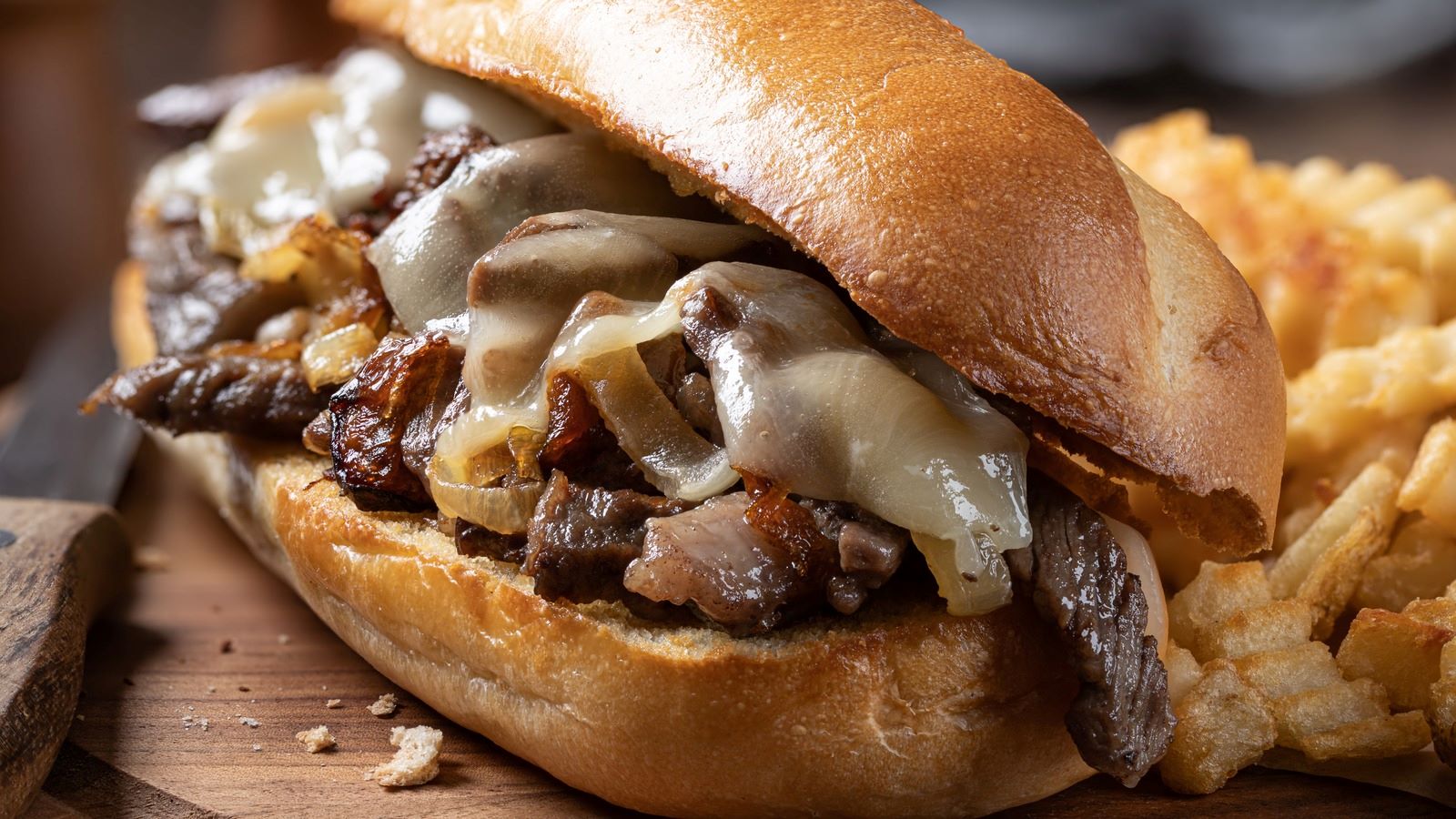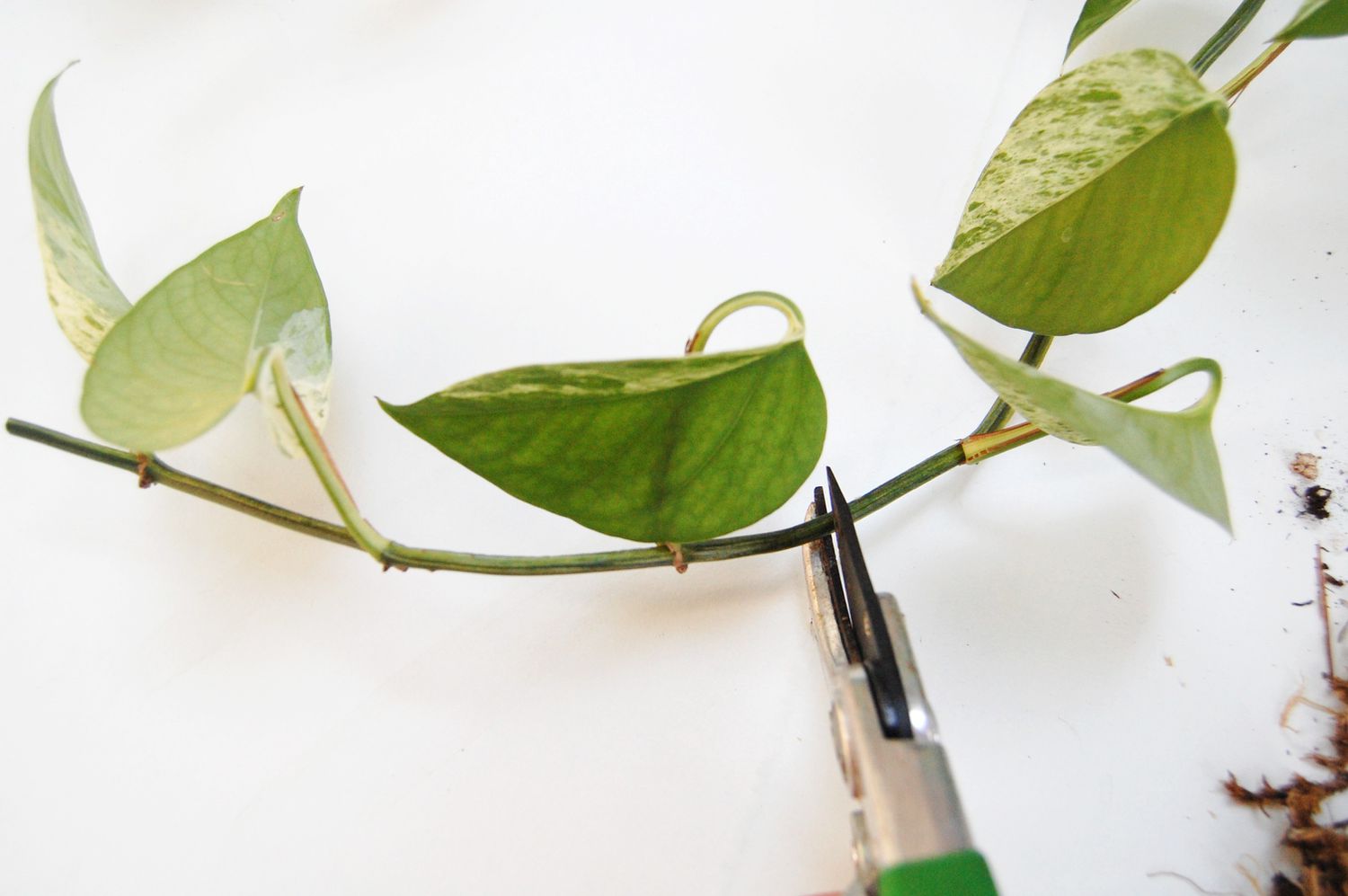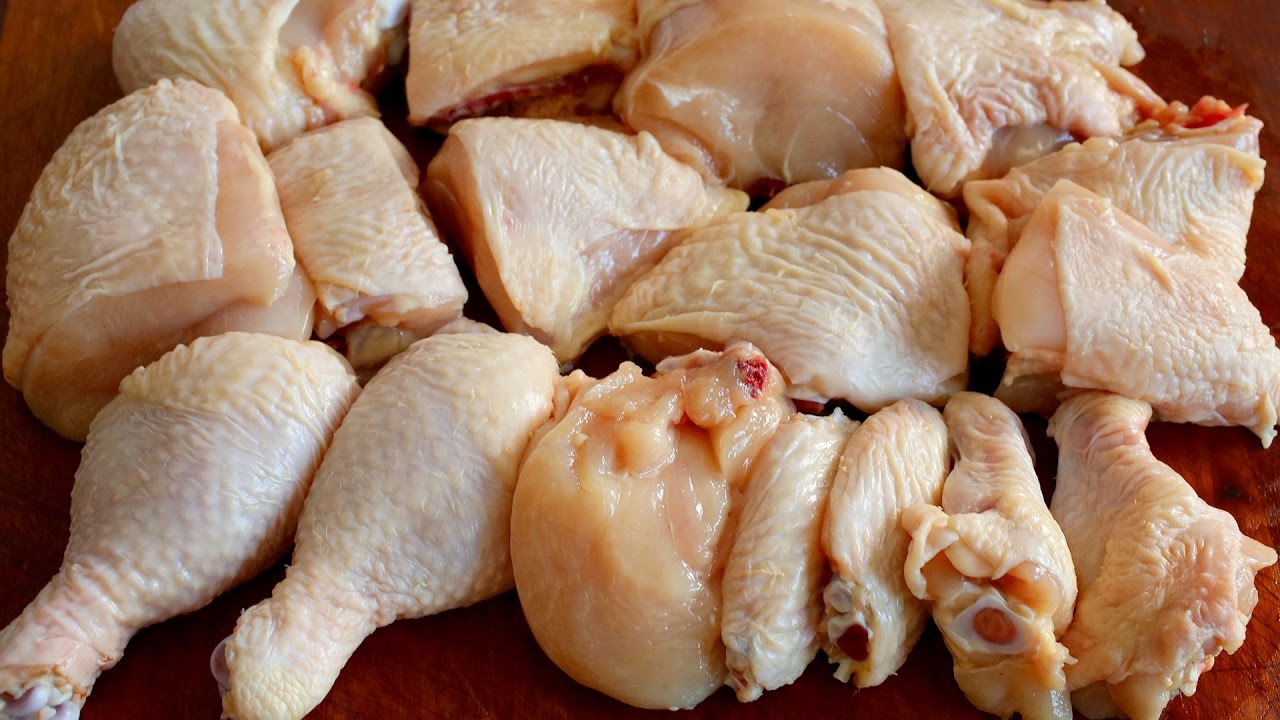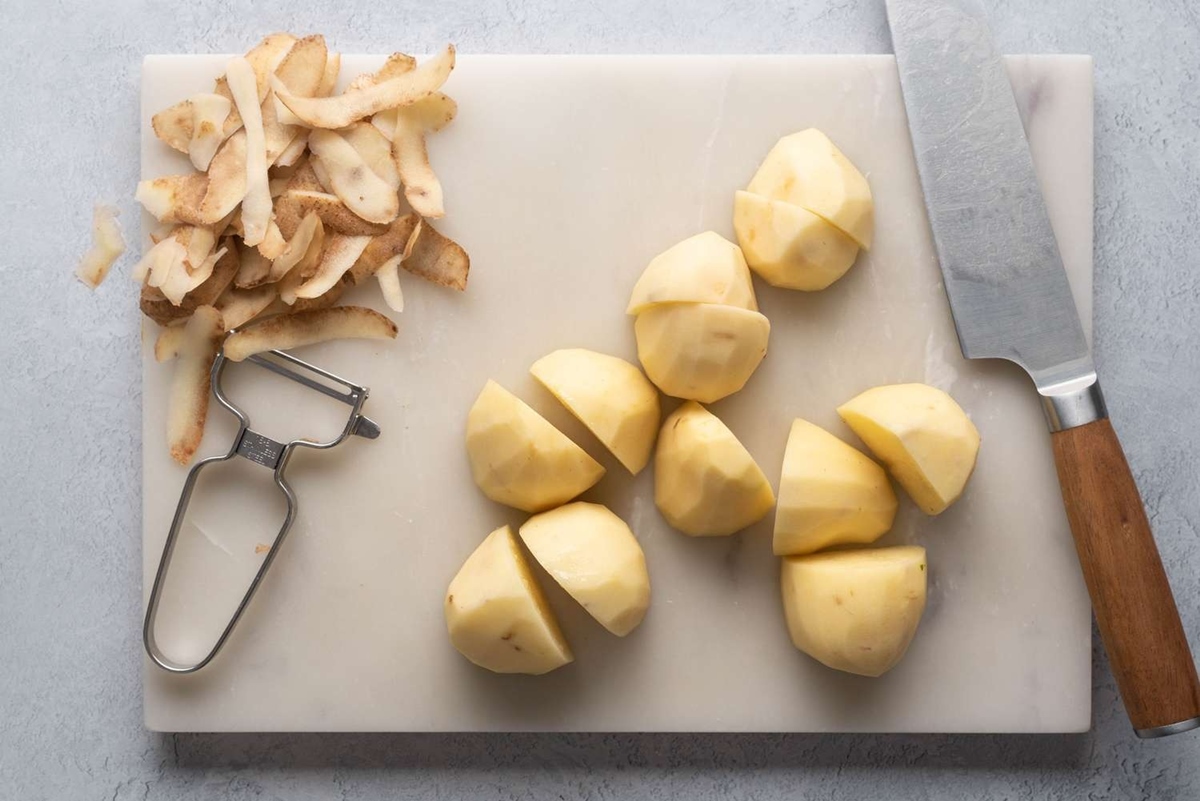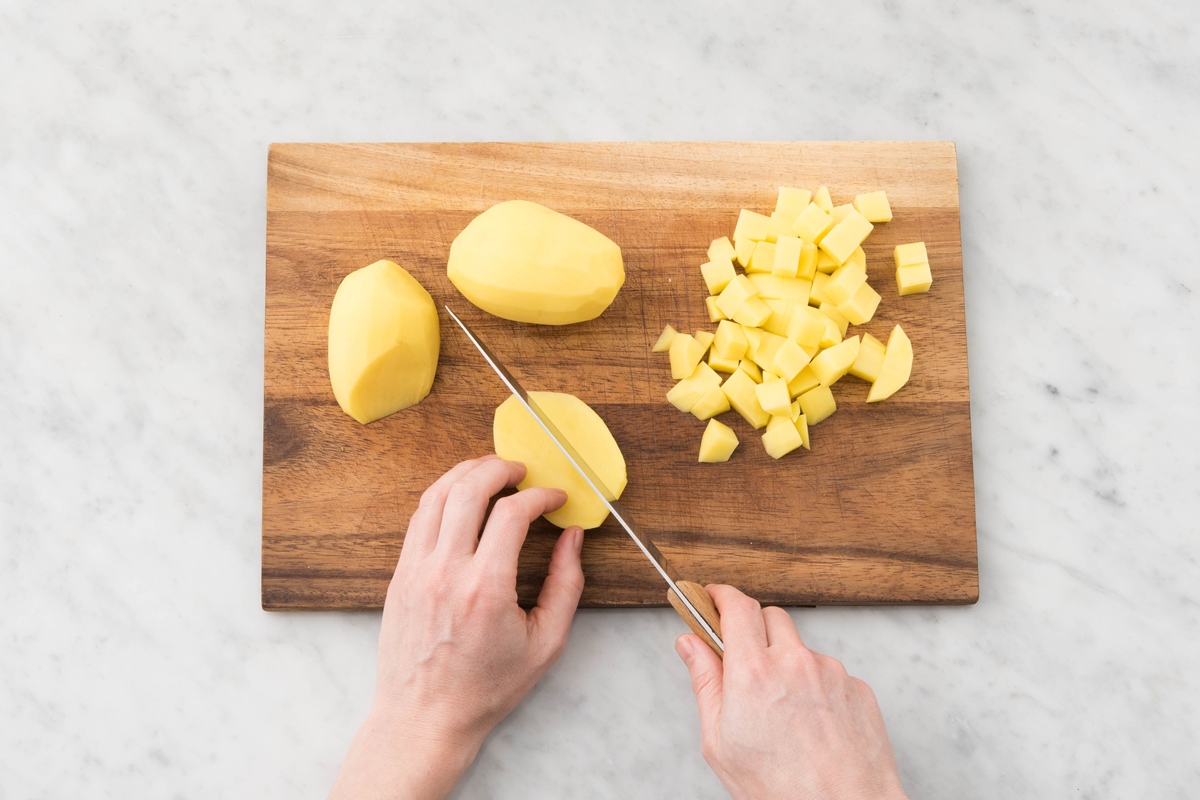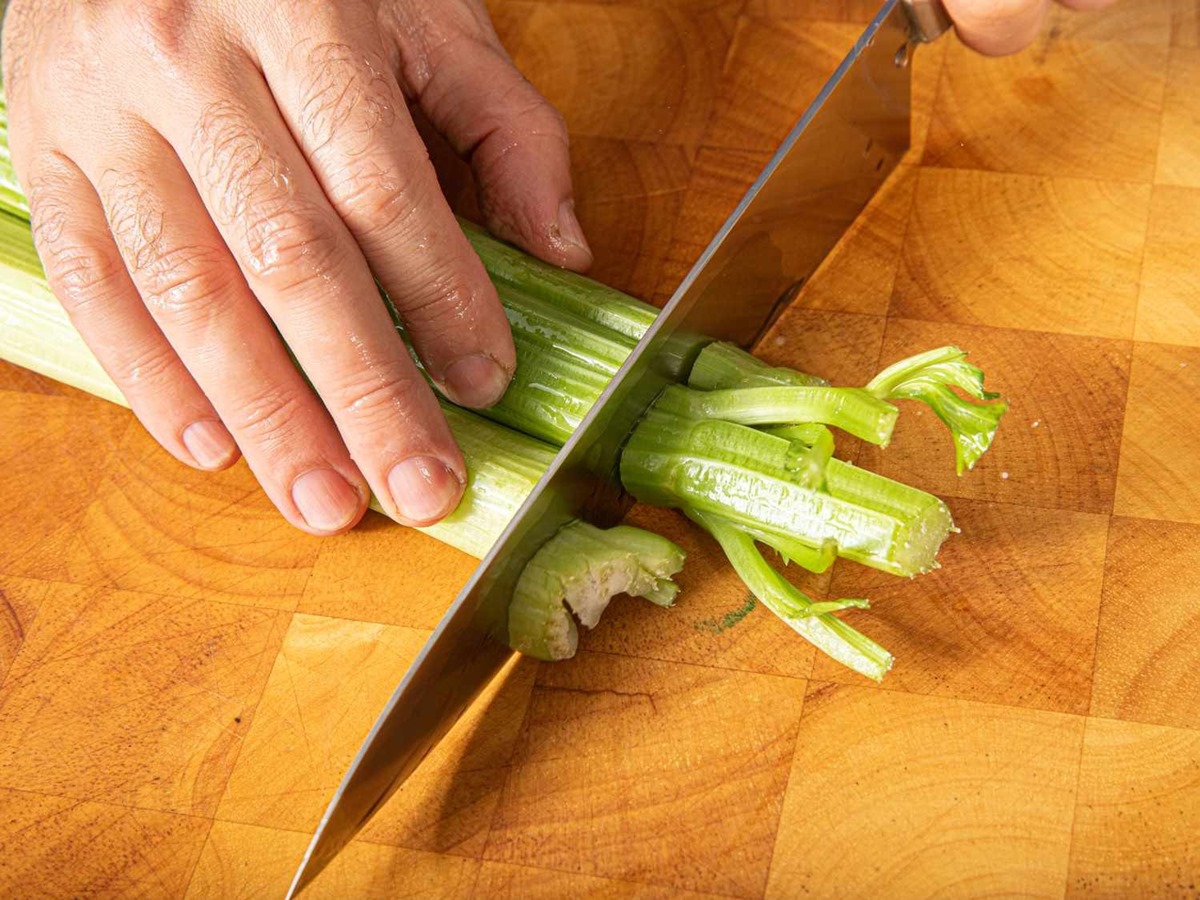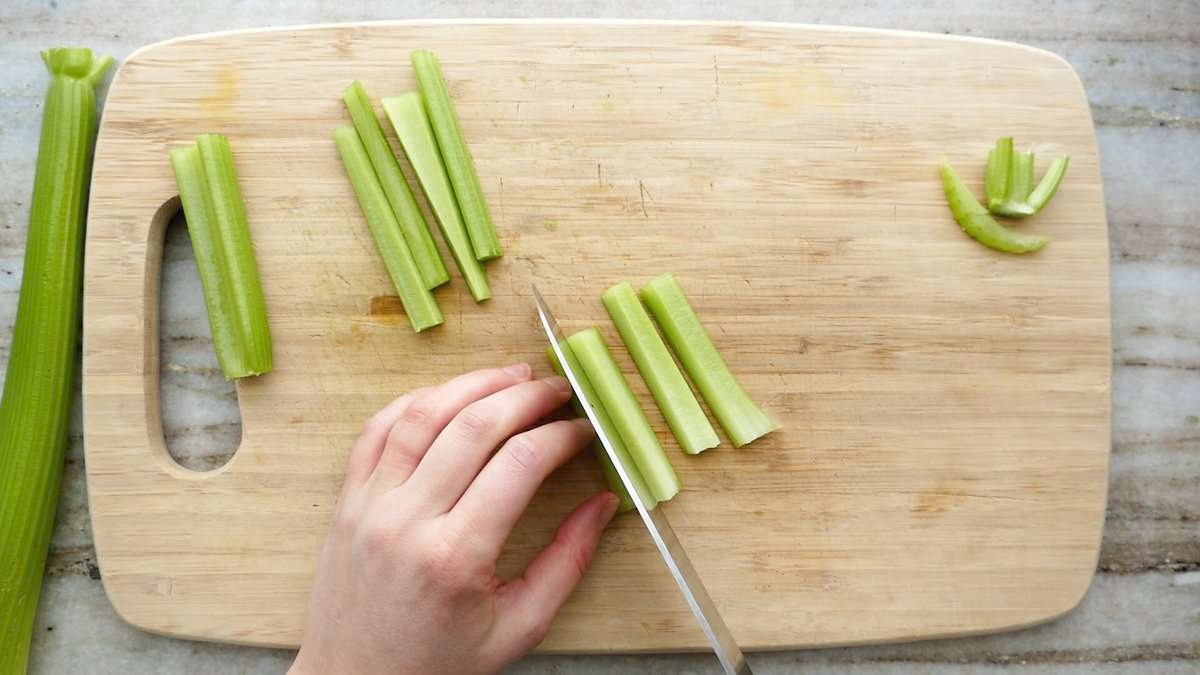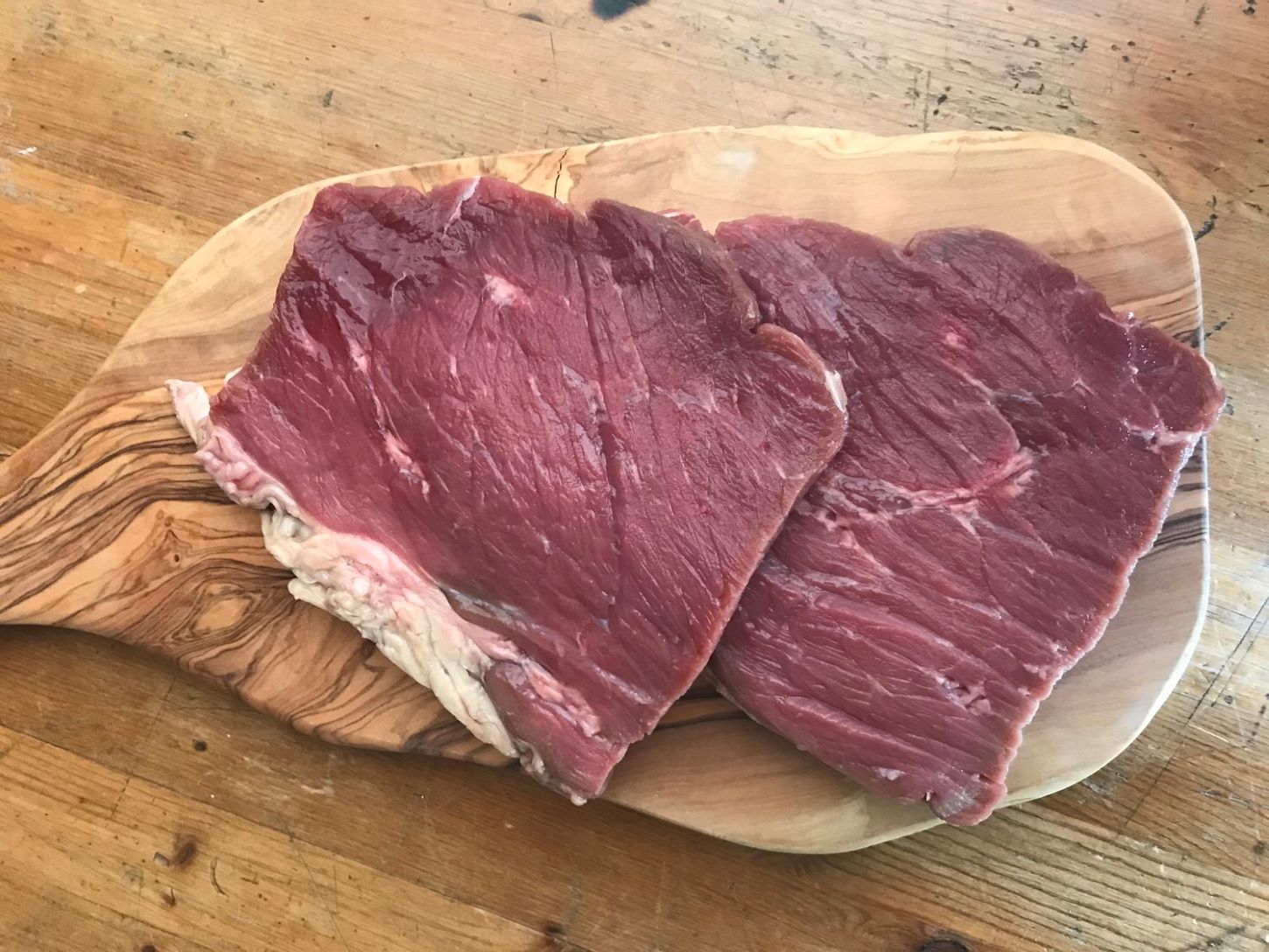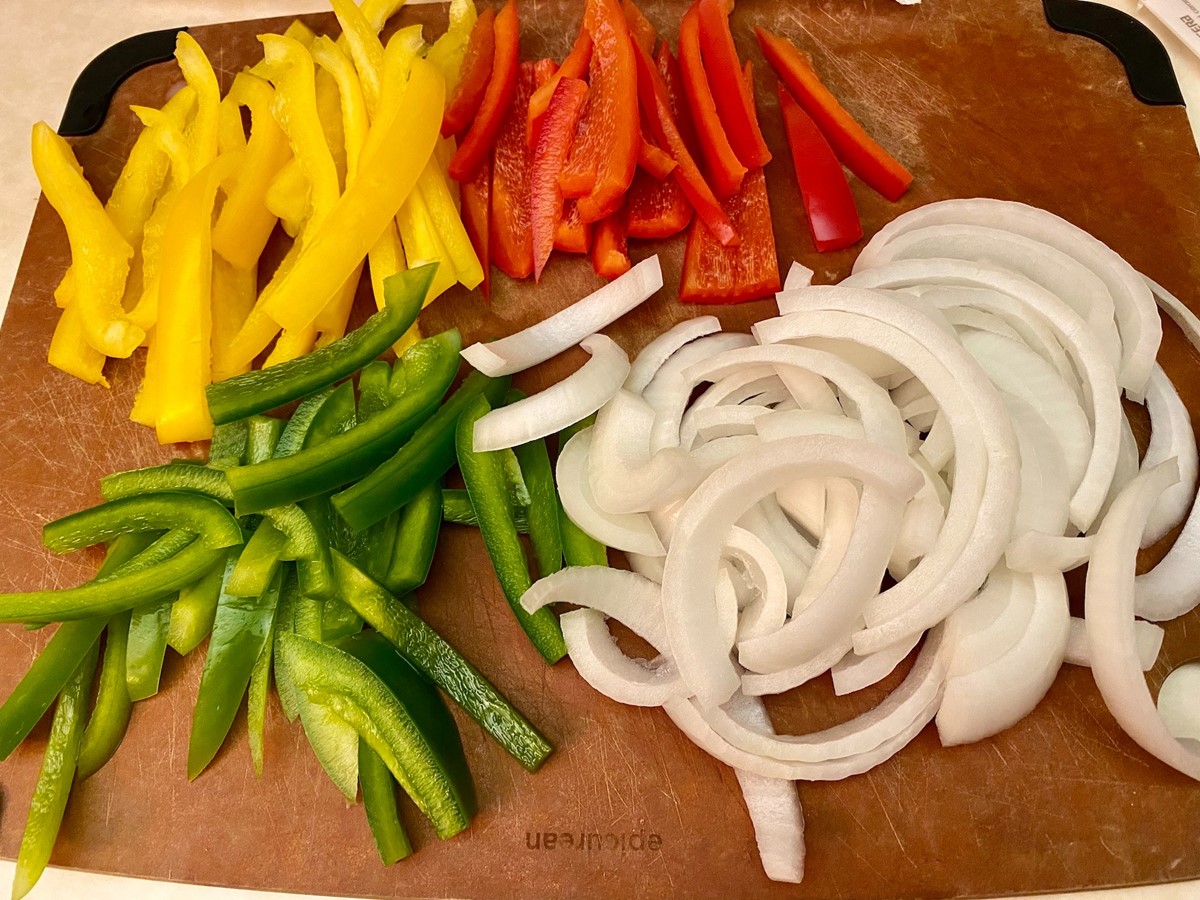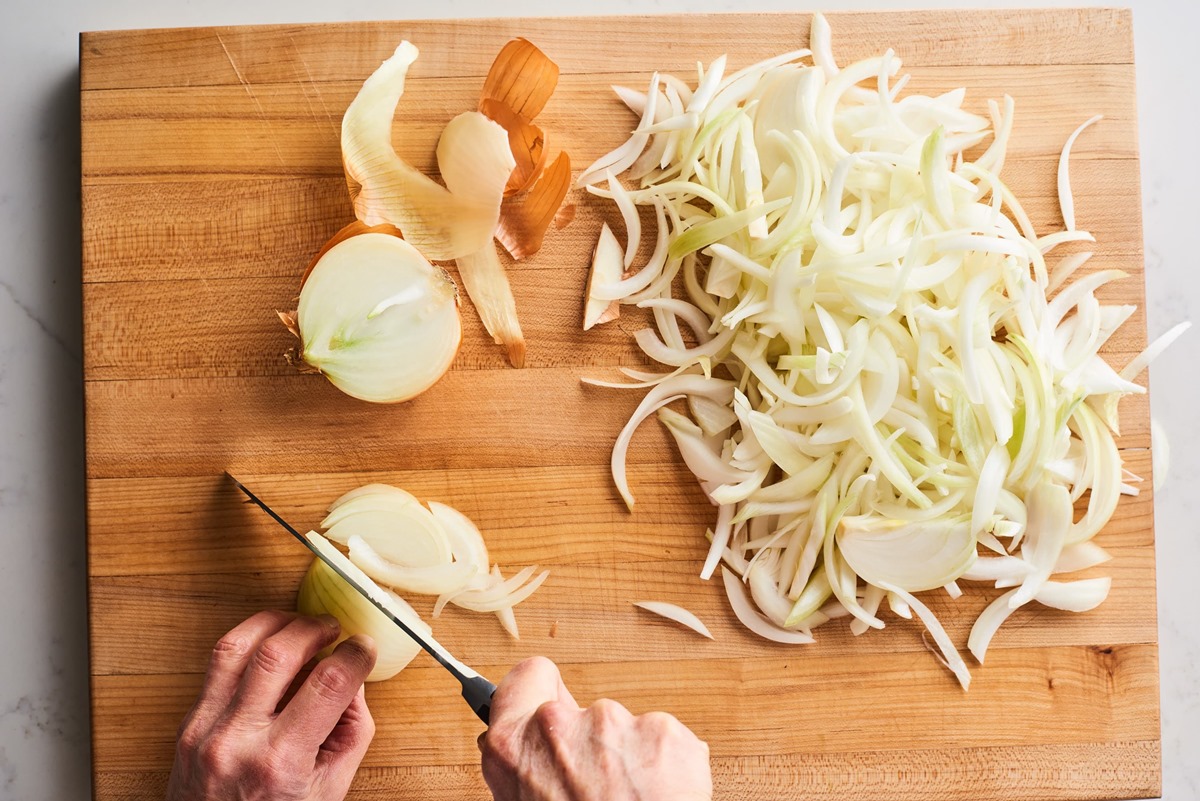How to Cut Turkey Breast Against the Grain
When it comes to serving a perfectly cooked turkey breast, the way you cut the meat can make all the difference. This article will guide you through the process of cutting turkey breast against the grain, ensuring tender and flavorful slices every time.
Why Cut Against the Grain?
Cutting against the grain means slicing perpendicular to the direction of the muscle fibers. By doing so, you are effectively shortening the length of the muscle fibers, resulting in tender and easier-to-chew slices of turkey breast. This cutting technique helps to break down the tough connective tissues, maximizing the tenderness of each bite.
Step-by-Step Guide
Follow these simple steps to cut turkey breast against the grain:
- Rest the cooked turkey breast: Before you start slicing, allow the turkey breast to rest for about 10-15 minutes. This helps the juices redistribute throughout the meat, ensuring a moist and flavorful outcome.
- Locate the grain: To identify the direction of the grain, look for the long strands of muscle fibers running across the surface of the turkey breast. They usually align in one direction. You will be cutting perpendicular to these fibers.
- Grab a sharp knife: Using a sharp carving knife or a chef’s knife, get ready to make clean and precise cuts. A dull knife can tear the meat and make it harder to cut against the grain.
- Make your first cut: Start by making a horizontal cut across the turkey breast, near one end. This will create a flat surface for stability during the slicing process.
- Slice against the grain: Now, slice the turkey breast against the grain. Begin at one end and work your way across the meat in smooth, even motions. Remember to keep the knife perpendicular to the grain for optimal results.
- Repeat as needed: Continue slicing against the grain until you have cut through the entire turkey breast. Take your time and maintain a consistent slicing direction for uniform, tender slices.
Tips for Perfect Slices
To ensure your turkey breast slices are as delicious as possible, here are a few additional tips:
- Use a carving fork: A carving fork can help stabilize the turkey breast while you slice, making it easier to achieve consistent cuts.
- Adjust your cutting angle: If you notice the slices are still tough, try adjusting the cutting angle slightly until you achieve desired tenderness.
- Practice patience: Cutting against the grain requires precision and patience. Take your time and focus on maintaining a steady hand throughout the process.
- Invest in a quality carving knife: A sharp and high-quality carving knife will make all the difference in achieving clean, effortless slices.
Now that you know the secrets of cutting turkey breast against the grain, you can impress your guests with tender and succulent slices of meat. Remember to embrace the process, enjoy the aroma, and savor the deliciousness of a well-carved turkey breast!
For those eager to put their newfound skill of cutting turkey breast against the grain to the test, there are several recipes that stand out. The Turkey Caesar Salad offers a fresh and crisp way to enjoy perfectly sliced turkey breast. If you're looking for a sweet and savory combination, the Maple-Glazed Turkey Breast is a must-try, providing a delightful balance of flavors. For a bit of spice, the Cajun-Spiced Turkey Breast delivers a kick that pairs beautifully with the tender cuts. Finally, the Herb-Roasted Turkey Breast is a classic choice that showcases the natural flavor of the turkey, enhanced by a blend of aromatic herbs. Each of these recipes not only highlights the importance of cutting against the grain for maximum tenderness but also brings out the best in the turkey breast's texture and taste.
Was this page helpful?
Read Next: How To Cut Beef Ribs
